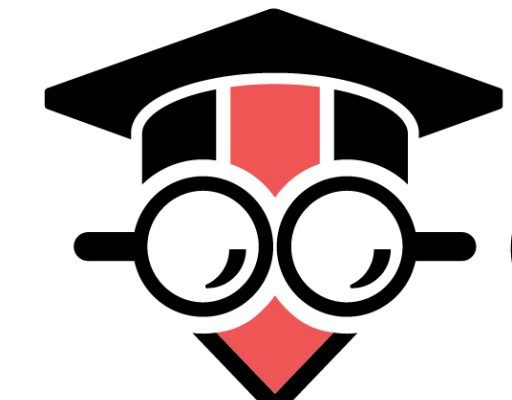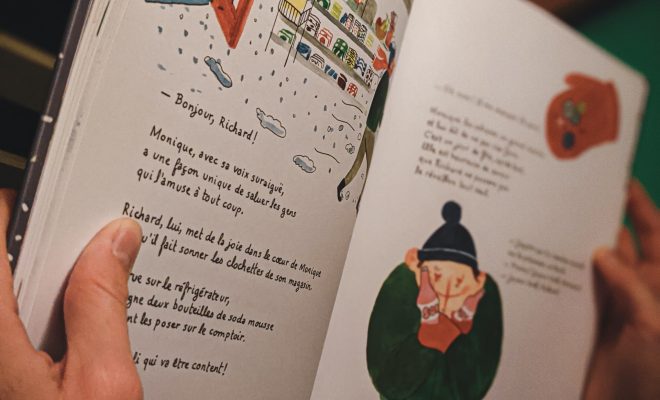Teaching Students About the Leech Child

Introduction
The concept of the “Leech Child” is an unconventional topic in the education field. It combines elements of folklore, biology, and history to create a unique learning experience for students. This article aims to discuss the various aspects of teaching students about the Leech Child, including the benefits and challenges, the integration of interdisciplinary subjects, and classroom activities.
Benefits and Challenges
Teaching students about the Leech Child has several advantages. First, the topic’s novelty can spark students’ curiosity and engagement in the learning process. Additionally, it provides an opportunity to introduce interdisciplinary subjects and build critical thinking skills.
However, it also comes with its share of challenges. The potential sensitivity of leech-related content might require teachers to handle topics with care. Furthermore, finding appropriate resources and materials can be difficult when working with such an obscure subject.
Interdisciplinary Learning Opportunities
The Leech Child offers multiple interdisciplinary learning opportunities. By incorporating various subjects into one central theme, teachers provide a diverse educational experience allowing students to make connections across disciplines. For example:
History: Explore historical beliefs and folklore surrounding leeches, especially in medieval Europe and ancient Asia.
Science: Study leech biology and their role in medical therapy throughout history.
Literature: Analyze folk tales that feature leeches or explore how they might appear in popular novels.
Art: Create artwork inspired by leeches or related folktales.
Classroom Activities
Teachers who want to teach students about Leech Child can consider implementing several engaging classroom activities:
Storytelling: Encourage students to create their own stories or poems incorporating Leech Child elements.
Debate: Organize a debate on the ethical implications of using leeches in medicine throughout history.
Group discussion: Have students brainstorm how they would teach the topic of Leech Child to their classmates, including activities or projects they might incorporate.
Research Project: Assign students a research task to explore leech-related folklore, science, or history and present their findings to the class.
Conclusion
Incorporating unconventional topics like the Leech Child into classroom instruction can enhance the learning experience by encouraging curiosity, critical thinking, and interdisciplinary connections. However, teachers need to be aware of the challenges associated with this type of content and prepare appropriate materials and resources. By designing engaging classroom activities, educators can provide an enriching educational experience that leaves a lasting impression on their students.






